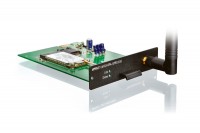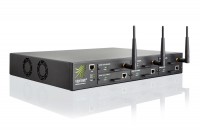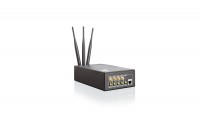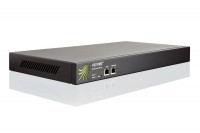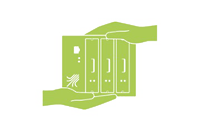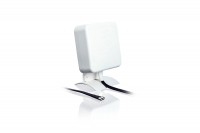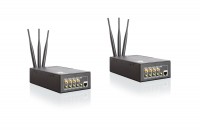LTE - We combine the latest mobile phone generation!
Viprinet bonds LTE / 4G with LTE and many other WAN media to the world's fastest mobile application.
Your benefits from bonding LTE / 4G:
- Bandwidths of up to 100 Mbps downstream and 50 Mbps upstream
- Latencies below 100 ms for web conferencing and VoIP
- Perfect mobility without compromise
- No restriction in the transmission at high speeds
- LTE modems and terminals are downward compatible to UMTS / EDGE, meaning good network coverage
- Via a Viprinet VPN tunnel, the LTE connection becomes reachable by a static IP address
- Maximum reliability and network availability by the potential to bond LTE / 4G links of several mobile providers

Multimedia with LTE - real bonding instead of only Load Balancing
Despite the significant further development of standards such as HSPA+, UMTS / 3G reaches its limits. The requirements of current and future mobile applications require an increase in bandwidth, as well as a change of network communication to the IP standard. LTE / 4G can do this.
In the current development stage, LTE / 4G is, however, far from keeping the promises the LTE / 4G standard once made. Bandwidths of 100 Mbps downstream and 50 Mbps upstream have been advertised; what is left over though is only a part of the original promises, as some of the major providers limit their LTE / 4G rates to 7.2 Mbps. Others full-bodied proclaim bandwidths to 50 Mbps but fail to communicate the connection problem of the radio cells.
Because in the LTE / 4G network, too, the usable bandwidth for each user - similar to UMTS / 3G - depends on the number of users logged in as well as on the bandwidth of the cell's WAN connection. This disadvantage of the concept "shared medium" persists, even with LTE / 4G.
Thus, it is also necessary with LTE, to rely on bonding for stable, largely available and reliable connections with sufficient bandwidths. In the area of mobile applications, bonding ensures the fastest possible connection that additionally provides maximum network availability with LTE / 4G offerings from other providers or with UMTS / 3G connections.
For stationary connections, LTE / 4G effects a real increase of the wired bandwidth (e.g. when combined with DSL). Incidentally, the reliability increases to up to 99.9 per cent, when and LTE / 4G and a DSL connection are coupled, so for stationary connections, too, pooling DSL and LTE / 4G with Viprinet technology is sure profitable.
For that, Viprinet offers a Hot Plug modem that supports LTE / 4G, and all earlier standards up to HSPA+ too, according to LTE / 4G standard.
MIMO - The antenna technology for LTE / 4G
Simultaneously with LTE, a new antenna technology has been launched: MIMO. The acronym stands for "Multiple Input, Multiple Output". With this antenna technology, several independent data streams can be transmitted simultaneously over the same channel. Combined with low frequencies (below 1000 MHz), MIMO allows for interference-free transmission even at driving speeds above 180 mph. In order to achieve bandwidths of at least 100 / 50 Mbps (down- / upstream), at least two MIMO antennas per LTE modem are required.

